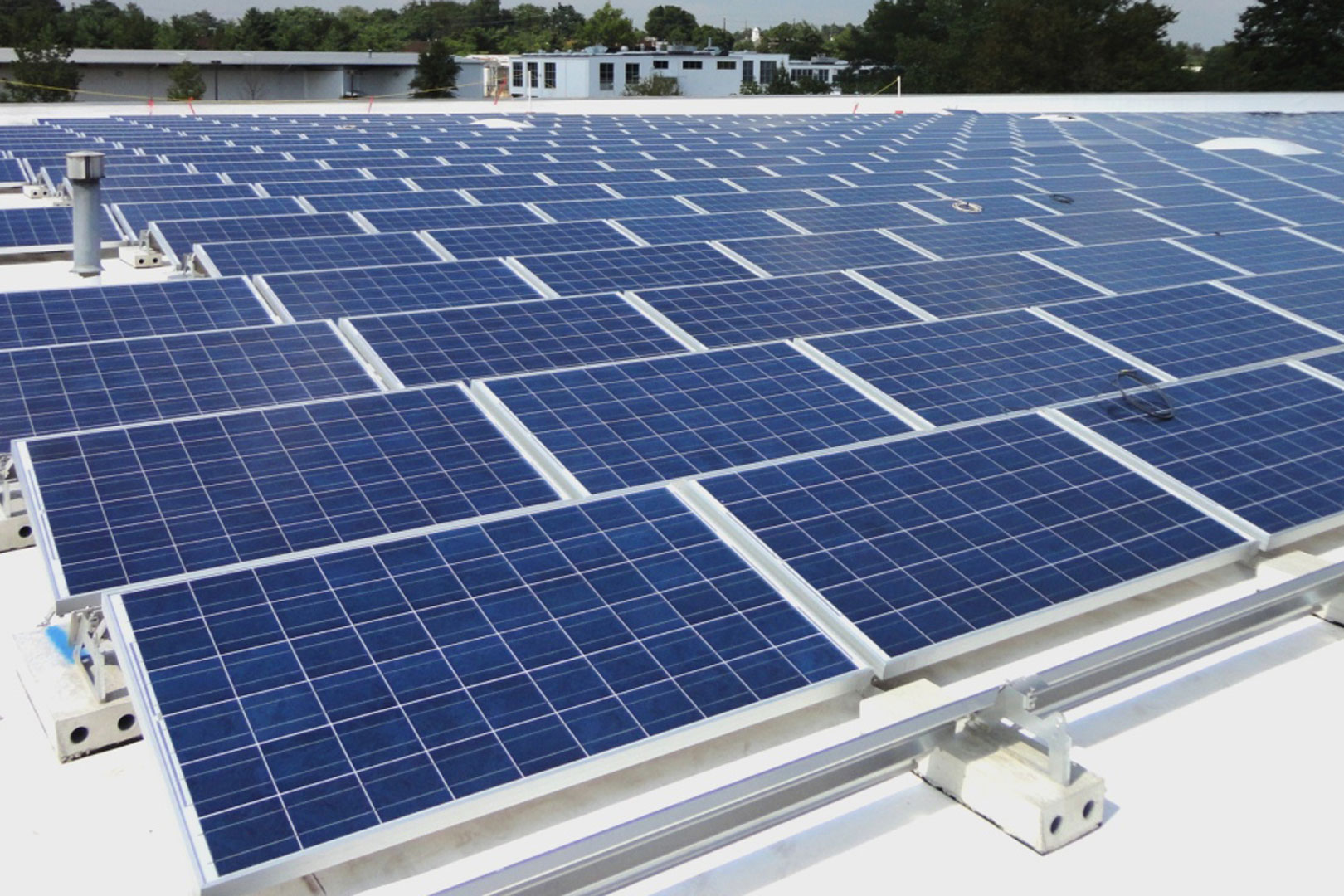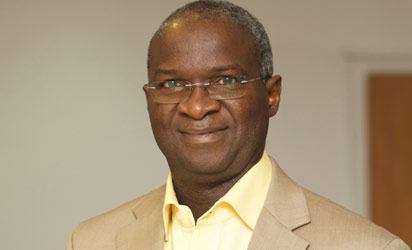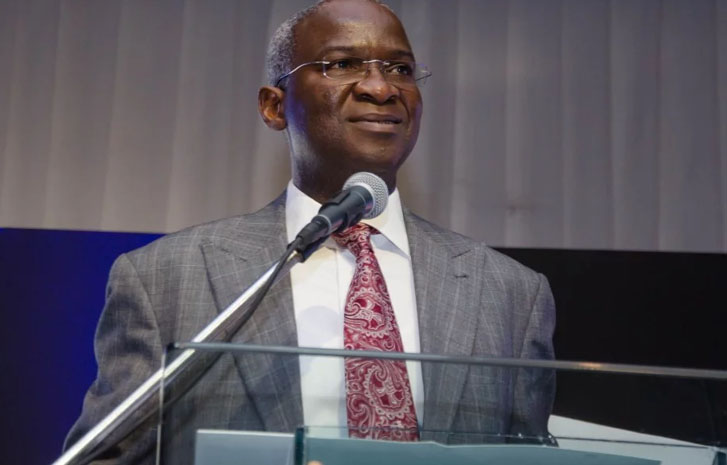THE Federal Government has said it is increasingly looking to alternative sources such as coal, solar and biomass for power generation.
Minister of Power, Works and Housing, Babatunde Fashola disclosed this at an annual lecture organised by the Nigerian Institute of Electrical and Electrics Engineers in Lagos recently. Fashola said for too long Nigeria had relied heavily on Natural gas for power generation.
“Our vulnerability to gas has become apparent to the development that we are seeing. And so, one of the things that the energy mix will do is not just taking power plants closer to fuel sources, but to also help in achieving national energy security. So, we are going beyond solar to coal and to a lot of hydro.”
Fashola said the country would soon finish hydro power plants like Zungeru and hydro start the biggest hydro power project in Mambilla that will generate 3,000 megawatts, and the 700-megawatts Zungeru hydropower project.
“We will use biomass because there is a sugar processing plant and sugarcane plantation somewhere in Adamawa, and we are talking to the proprietors to see how we can use some of that also for producing energy.”
ALSO SEE: N99bn debt hampers integrated power projects
Beyond power generation, the minister said it was important to engage electricity consumers on the demand side management, also known as energy conservation.
The minister added, “Beyond all of this generation of power, what is important is the demand side management, which we have come here to talk about, which is energy conservation.
There is capacity to conserve between 1,000MW and 2,000MW by actions that all of us should take in our homes, in our offices, the way we build, the way we use energy.
“We have seen that air-conditioning and kitchen equipment constitute the largest consumer of power. So, how we build our houses, how we use less of air-conditioning, how we air our homes using nature, more wind, working with our architects, how we shape and situate the angle of our house so that we conserve less energy, how we use less water by being efficient in conserving water to transfer energy to cost.”

 Football6 days ago
Football6 days ago
 Health & Fitness16 hours ago
Health & Fitness16 hours ago
 Aviation1 week ago
Aviation1 week ago
 Featured5 days ago
Featured5 days ago
 Comments and Issues6 days ago
Comments and Issues6 days ago
 Education5 days ago
Education5 days ago
 Business5 days ago
Business5 days ago
 Education1 week ago
Education1 week ago








